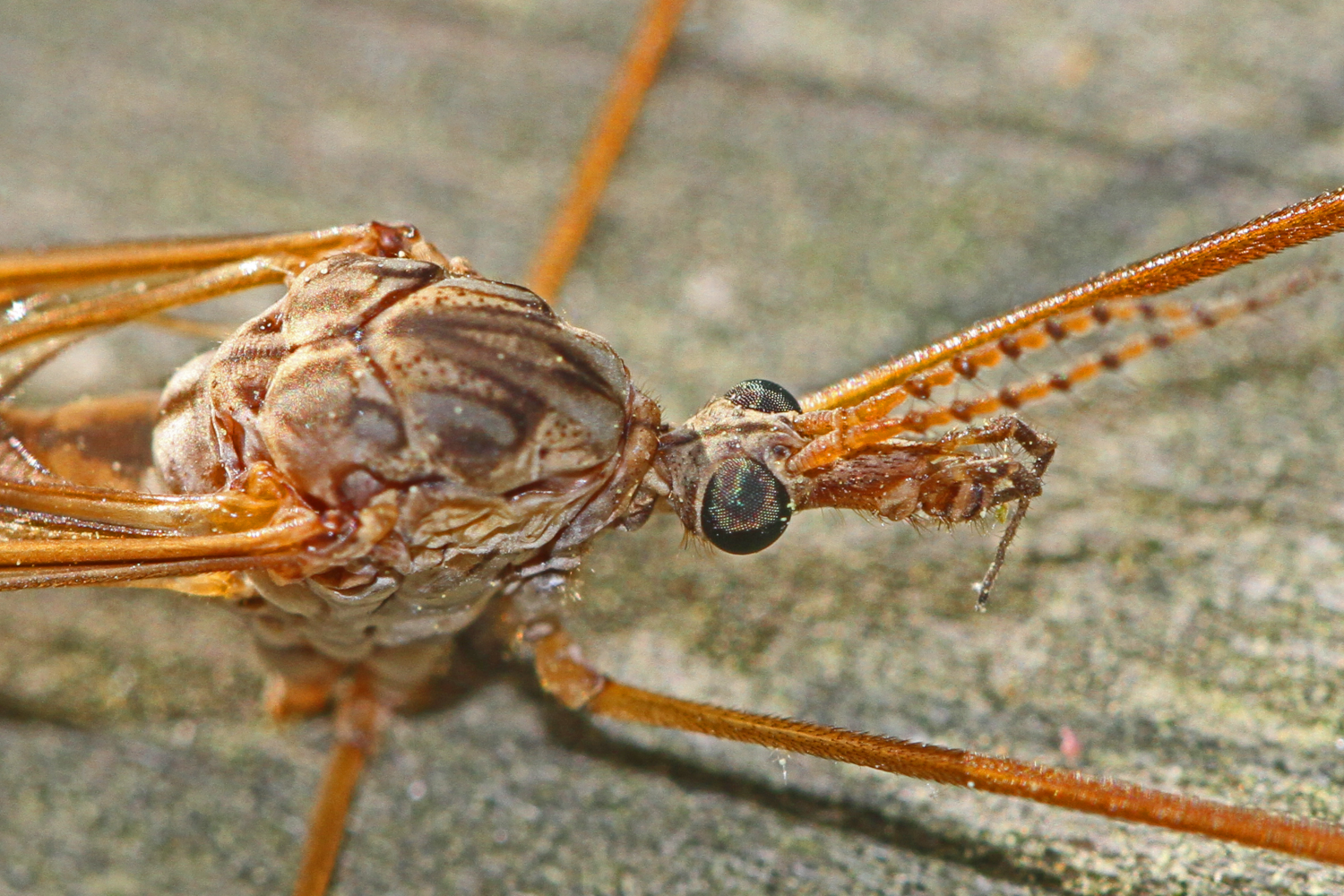©Copyright 2018 GEOSCIENCE RESEARCH INSTITUTE
11060 Campus Street • Loma Linda, California 92350 • 909-558-4548

Lindgren, J, D-E Nilsson, P Sjovall, et al, and P Ahlberg. 2019. Fossil insect eyes shed light on trilobite optics and the arthropod pigment screen. Nature 573:122- http://doi.org/10.1038/s41586-019-1473-z

Summary. Fossil crane flies with well-preserved eyes were recovered from the Fur Formation, a famous Eocene deposit in Denmark containing large concentrations of fossils. The fossils were examined for their chemical and microanatomy. Crane flies, like many other insects, have compound eyes with hundreds of individual units called ommatidia. Space between the individual ommatidia in the fossil material contained the pigment eumelanin. Most animals use melanins to shield their eyes from light coming from outside the field of view, but arthropods were thought to be an exception. Examination of the fossil eyes showed they had become calcified during preservation. Crane fly eyes are not calcified, so the discovery that the fossil crane flies are calcified raises questions about the eyes of trilobites, which are thought to have been composed of calcite crystals in life. If the calcite in trilobite eyes is due to fossilization processes and not original in living organisms, this would greatly change our view of trilobite eye structure.
Comment. This discovery speaks to both catastrophe and design. Fossil concentrations (“lagerstatten”) are clearly produced by catastrophic conditions, and the exceptional preservation of the crane fly eyes shows that fossilization occurred rapidly. Design is seen in the structure of the eye, with its hundreds of individual ommatidia and their separation by the light-absorbing pigment eumelanin. Preservation of the pigment, a biological molecule, provides further evidence of rapid fossilization of the crane flies. If the report is correct in its suggestion that trilobite eyes might originally have been chitinous rather than calcitic, this would cast doubt on the long-standing explanation of the design of the trilobite eye with a special corrective structure to compensate for the refraction of light as it passes through the calcitic lens of the trilobite. [1]
[1] Clarkson, E, R Levi-Setti, G Horvath. 2006. The eyes of trilobites: The oldest preserved visual system. Arthropod Structure and Development 35:247-259.